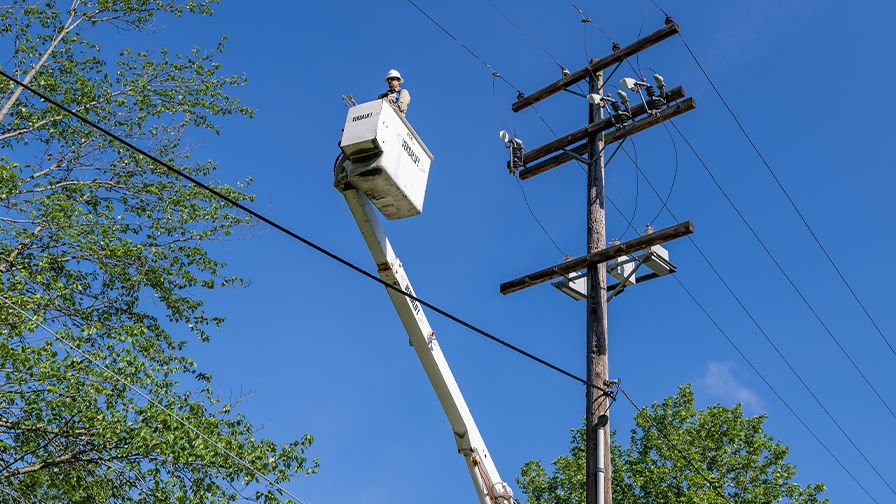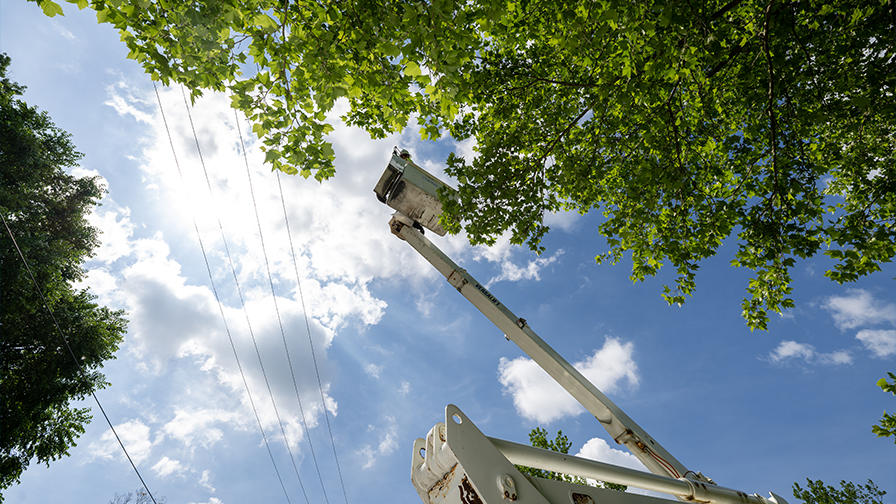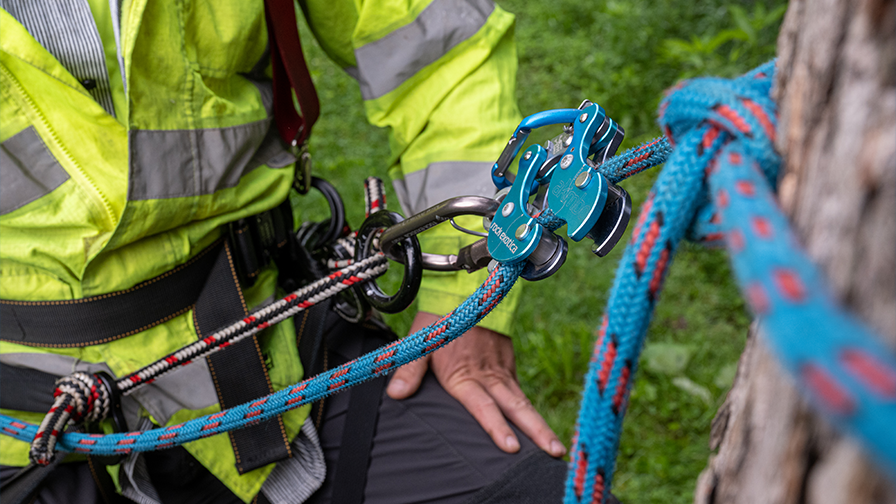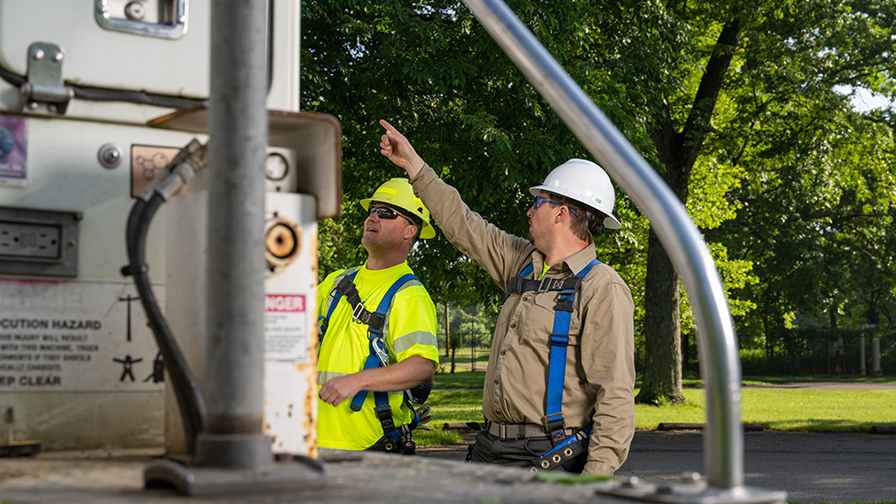Five-Minute Meeting: Three-Way Communication
Five-Minute Meeting: Three-Way Communication
Communication is crucial in every aspect of an arborist’s work. Three-way communication greatly reduces the risk of preventable incidents and helps work groups work smoother and more efficiently.
According to the American National Standards Institute (ANSI) Z133 Sections 3.4.4-3.4.5, types of three-way communication include:
- Verbal communication e.g., “Clear,” “Coming in,” “Headache,” etc.
- Visual communication e.g., the worker aloft visually looks to make certain the drop zone is clear and makes eye contact with the ground workers to ensure that each of them is clear
- Hand signals – the hand signals should be predetermined before the worker goes aloft and should be discussed with all workers and others at the job site
- Radios and whistles
- Any mixture of the two above types of communication used together
The rules of three-way communication as described in the ANSI Z133 are:
- A communication protocol shall be established or reviewed between workers aloft and workers on the ground (Section 6.1.5)
- Verbal communication either by voice or by radio shall be repeated from the worker aloft to the worker on the ground (Section 3.4.4, 6.1.5)
- The worker in the air should make eye contact or check that the drop zone is clear before continuing their work (Section 3.4.4)
- The communication type should be established before the worker goes aloft, and should be discussed with the ground workers and anyone arriving to the job site (Section 6.1.5, 8.6.2)
- A second arborist and arborist trainee, or another worker trained in emergency procedures, shall be within visual or voice communication during work when the workers are above 12 feet (Section 3.4.10, 8.1.2)
- Workers shall stay out of the drop zone until it has been communicated by the worker aloft that it is safe to enter (Section 8.5.11)
- The worker aloft shall communicate to workers on the ground before cutting and dropping limbs (Section 6.1.5, 8.3.2)
- Methods of communication to be used on the job site shall be discussed during job briefings and clearly understood during rigging operations (Section 4.4.4, 8.5.10)
- If machine equipment is used, the equipment operator shall establish an effective means of communication with other workers (Section 8.8.10)
Communication is crucial for all aspects of an arborist’s work, from speaking to homeowners to performing line clearance operations. When workers are aloft, it is essential that they and everyone around them be aware of each other and their surroundings. For example, consider a worker on the ground who is focused on setting up for felling a stub. They call out “coming in,” but they do not make visual contact with the worker aloft. The worker aloft cuts and drops a limb without communicating visually or verbally, and the ground worker is subsequently struck by the falling limb, requiring medical attention. By engaging in active, three-way communication, this incident could have been easily prevented. At its core, three-way communication consists not only of expressing your intentions but also of ensuring that the other workers on-site understood those intentions and respond to them.
Related Articles

Five-Minute Meeting: Working Around Secondary Wires and Low Voltage Lines Though the American National Standards Institute (ANSI) Z133 allows us to “avoid contact” with secondary lines or those under 750 volts, we need to exercise caution around these lines because they carry lethal voltage. Secondaries have lower voltage than primaries. We can distinguish them by[...]
Read More
Five-Minute Meeting: Working Overhang When conducting pruning operations, even for small branches, the best practice is to remove branches in a “total branch control” manner using ropes or by reducing the size of the branch you are cutting into a much smaller piece. In a weekly kick-off safety meeting, a utility noted a situation that[...]
Read More
Aerial lifts cannot touch energized lines and arborists must be aware of minimum approach distance (MAD). Learn more.
Read More
Wear, tear, and other damage to equipment can present safety hazards in the field. Equipment maintenance can prevent these safety hazards from arising and is essential for continued safe work with that equipment.
Read MoreSUBSCRIBE
Subscribe to our mailing list to receive updates.
Categories
Recent Posts
- How-To: Learning Knot Basics 02th Aug 2018
- How-To: Tying a Stopper knot 07th Aug 2018
- How-To: Selecting the Right Safety Vest 21th Aug 2018
- How-To: Tying a Slip Knot 04th Sep 2018
- How-To: Inspecting Your Snaps 18th Sep 2018
Training the Next Generation
All our classes are built on industry safety practices. Ready to start learning?
